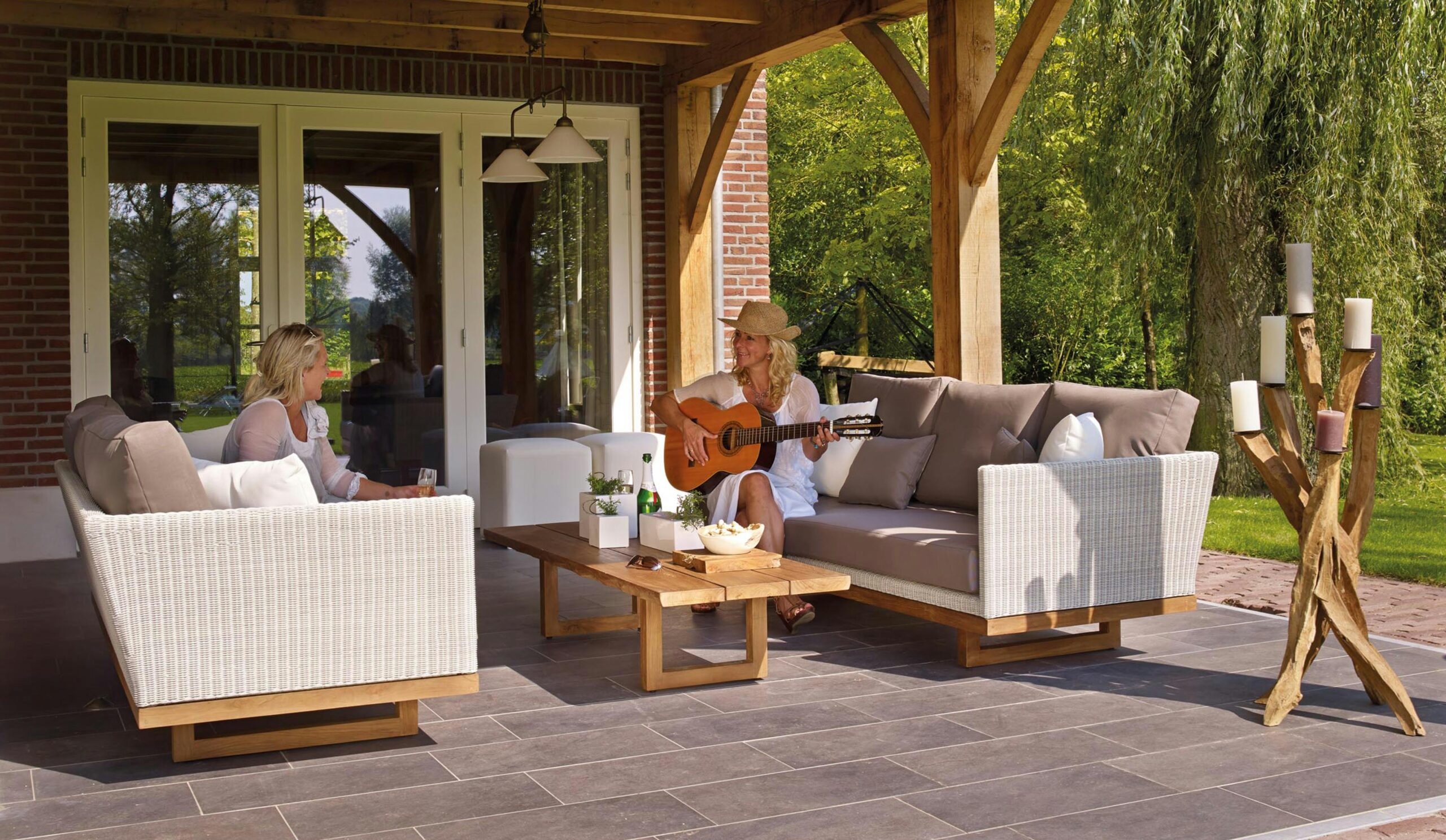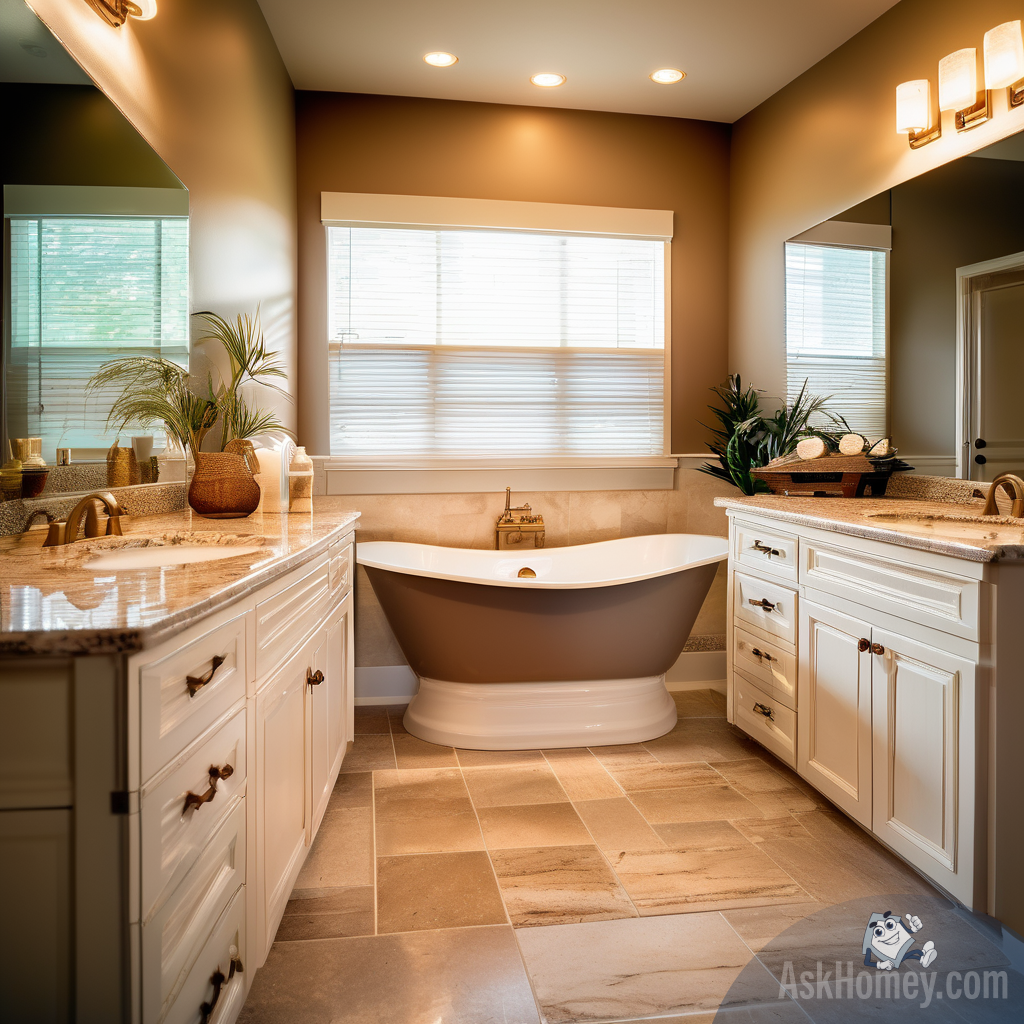As homeowners become increasingly environmentally conscious, the demand for sustainable decking materials continues to rise. Traditional wood decking, while beautiful, often comes with significant environmental costs including deforestation and chemical treatments. Fortunately, today’s market offers numerous eco-friendly deck options that combine durability with environmental responsibility. This article explores several sustainable alternatives for your outdoor living space, including reclaimed wood, bamboo composite decking, and innovative materials like recycled plastic lumber decks.
Why Choose Sustainable Decking Materials
Traditional pressure-treated lumber has long been the standard for deck construction, but its production process involves chemicals that can leach into soil and potentially harm surrounding ecosystems. Additionally, the harvesting of virgin timber contributes to deforestation, habitat destruction, and increased carbon emissions. By choosing sustainable decking materials, homeowners make a significant positive impact on the environment while often gaining additional benefits like increased durability, reduced maintenance requirements, and freedom from harmful chemicals near living spaces.
When planning your eco-friendly outdoor sanctuary, consider both the environmental impact of the materials and their performance characteristics. The ideal sustainable deck balances longevity with minimal environmental footprint, ensuring your investment remains beautiful for years while aligning with your green values. Many environmentally conscious builders recommend consulting with specialists who understand the unique properties of these materials—professionals like those you can find through AskHomey, a platform connecting homeowners with qualified contractors experienced in sustainable building practices.
Reclaimed Wood Deck Options
A reclaimed wood deck offers perhaps the most authentic character among sustainable decking materials. Salvaged from old barns, factories, wine barrels, and other structures, these materials bring history and unique patina to your outdoor living space. The environmental benefits are substantial—each reclaimed wood deck diverts materials from landfills while eliminating the need for freshly harvested timber.
Beyond its environmental credentials, reclaimed wood provides exceptional dimensional stability. Having already gone through decades of natural expansion and contraction cycles, these boards tend to remain more stable than newly milled lumber. The aged appearance creates instant character impossible to replicate with new materials, with weathered grain patterns and natural color variations making each reclaimed wood deck truly one-of-a-kind. Though typically more expensive than conventional decking, many homeowners find the investment worthwhile for both environmental and aesthetic reasons.
Bamboo Composite Decking Review
Bamboo composite decking represents an innovative alternative that utilizes one of nature’s most renewable resources. Unlike trees that can take decades to mature, bamboo reaches harvest maturity in just 3-5 years while releasing approximately 35% more oxygen than equivalent tree masses. When combined with recycled plastics in composite formulations, bamboo creates a remarkably durable and low-maintenance decking material.
Recent bamboo composite decking reviews highlight impressive performance characteristics. These materials resist fading, scratching, and staining better than many traditional wood options. The manufacturing process typically uses significantly less energy than conventional composite production, further reducing environmental impact. While early generations of composite decking gained a reputation for artificial appearance, today’s bamboo composites offer realistic wood grain patterns and rich color options that convincingly mimic traditional hardwoods. Most formulations require only occasional cleaning with soap and water, eliminating the need for chemical cleaners, stains, and sealants that can harm surrounding plant and animal life.
Recycled Plastic Lumber Deck Materials
Perhaps the most innovative category of sustainable decking materials, recycled plastic lumber transforms post-consumer waste into highly durable outdoor building products. Typically manufactured from recycled milk jugs, detergent bottles, and similar plastic waste, a recycled plastic lumber deck diverts materials that might otherwise languish in landfills for centuries.
These materials offer exceptional resistance to moisture, insects, and rot—eliminating many common deck maintenance challenges. Manufacturers have significantly improved aesthetic options, now offering realistic wood grain textures and a wide range of colors that complement various architectural styles. While the initial investment may exceed traditional pressure-treated lumber, recycled plastic lumber decks generally last decades longer with minimal maintenance requirements, making them economically competitive when considered over their entire lifespan. Homeowners particularly appreciate that these materials never need staining, sealing, or painting, saving both time and the environmental impact of chemical treatments.
Making Your Sustainable Decking Choice
When selecting sustainable decking materials for your project, consider factors beyond initial cost. Evaluate the total lifecycle impact, including longevity, maintenance requirements, and end-of-life recyclability. Each option—whether reclaimed wood, bamboo composite decking, or recycled plastic lumber—offers distinct advantages that may align differently with your specific priorities and aesthetic preferences.
Many homeowners find visiting display installations or requesting samples helps visualize how these materials will complement their home’s architecture. Local climate conditions should also influence your selection, as certain sustainable materials perform better in specific environments. By choosing environmentally responsible decking, you create not only a beautiful outdoor living space but also contribute to healthier ecosystems and resource conservation for future generations.
For more tips and to connect with reliable home service professionals, follow AskHomey on Facebook and Instagram.



